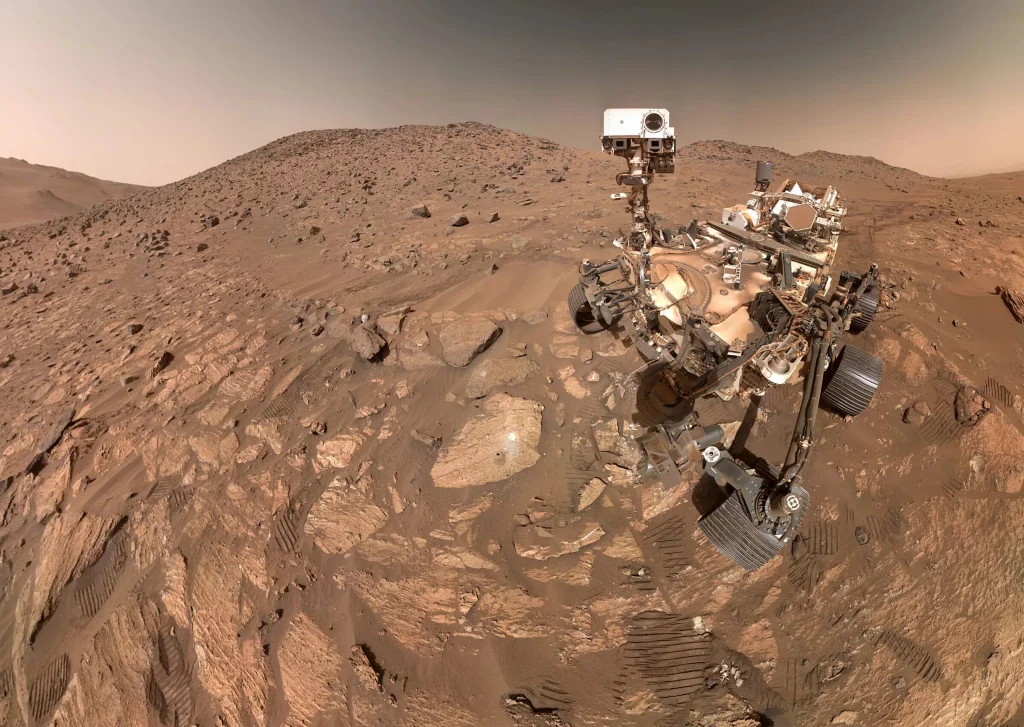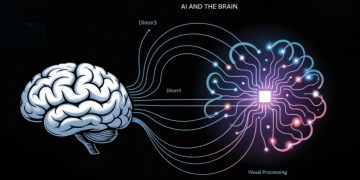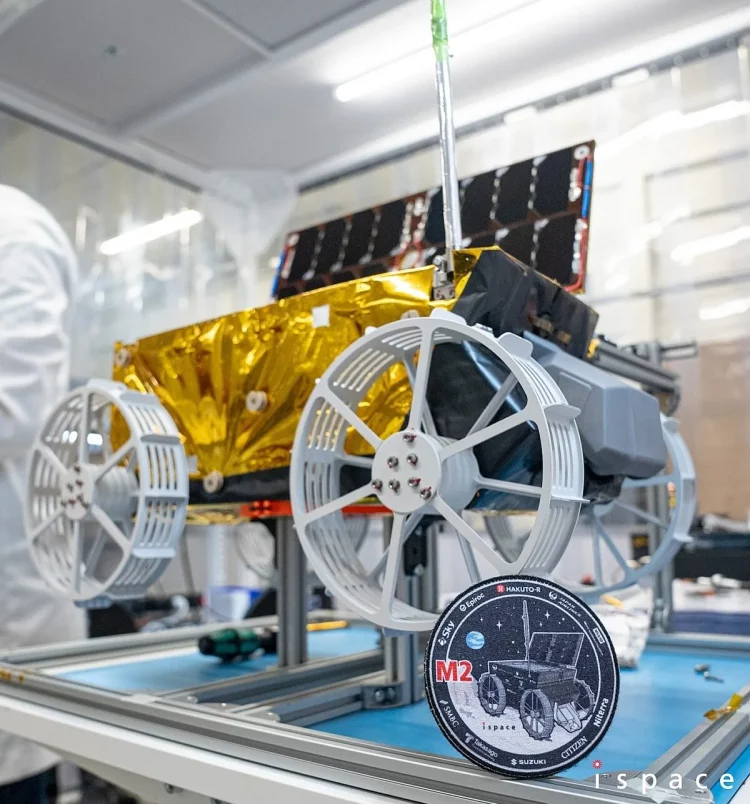1. Introduction
Mars, the Red Planet, has long been a source of fascination and intrigue. Its surface, once thought to be a barren wasteland, is now recognized as a treasure trove of geological and potential biological secrets. Recent discoveries on Mars have significantly advanced our understanding of the planet’s history and its potential to support life. This article delves into a major recent finding on Mars, explores its implications for the study of the planet, and discusses how it fits into the broader context of Martian exploration.
2. The Discovery: A Major Finding on Mars
2.1 Context and Background
In recent years, Mars exploration has been driven by several high-profile missions, including rovers, orbiters, and landers. Each mission has contributed to our growing knowledge of the planet’s geology, climate, and potential for past or present life. The most recent major finding has captured the scientific community’s attention and promises to reshape our understanding of Mars.
2.2 The Finding
The discovery, made by the Mars rover [Name of Rover], involves [specific details of the finding, such as the detection of ancient water sources, unusual minerals, or potential signs of microbial life]. This finding was made using [specific instruments or techniques used, such as spectroscopy, imaging, or sample analysis].
For example, if the finding involves the detection of ancient water sources, it could be that scientists have identified evidence of past riverbeds, lake deposits, or hydrated minerals that indicate Mars once had liquid water on its surface. Alternatively, if the discovery relates to unusual minerals, it might reveal the presence of compounds that could have been formed in unique environmental conditions.
3. The Importance of the Discovery
3.1 Implications for Martian History
The discovery offers profound insights into Mars’ geological and climatic history:
- Past Climate: Evidence of ancient water or specific minerals can provide clues about the planet’s past climate. Understanding whether Mars had a more temperate climate in its ancient past is crucial for assessing its habitability.
- Geological Processes: Identifying unique geological features or mineral deposits helps scientists reconstruct the processes that shaped Mars’ surface over billions of years. This can shed light on the planet’s volcanic activity, erosion, and sedimentation history.
3.2 Implications for the Search for Life
The search for life on Mars is one of the primary goals of current and future missions:
- Habitability: Finding signs of ancient water or suitable chemical conditions enhances our understanding of whether Mars could have supported microbial life in the past.
- Biosignatures: Discoveries that suggest the presence of organic molecules or other potential biosignatures provide evidence that life might have existed, or still could exist, on Mars.
3.3 Implications for Future Missions
The discovery influences planning and objectives for future Mars missions:
- Targeting Future Exploration: The identified site or feature may become a primary target for future missions, such as sample return missions or more advanced rovers equipped to conduct detailed analyses.
- Mission Design: Insights gained from the discovery can inform the design of future instruments and experiments, enhancing their ability to detect and analyze potential signs of life or environmental conditions.
4. Technological and Methodological Advances
4.1 The Role of Mars Rovers
Mars rovers play a critical role in exploring the Martian surface and making significant discoveries:
- Curiosity Rover: The Curiosity rover has made several groundbreaking discoveries, including evidence of ancient habitable environments and organic molecules.
- Perseverance Rover: Perseverance, the latest rover, is designed to search for signs of ancient life, collect samples, and test new technologies for future missions.
4.2 Advanced Instruments and Techniques
Recent advancements in technology and instrumentation have greatly enhanced our ability to explore Mars:
- Spectroscopy: Instruments like the SuperCam on Perseverance use spectroscopy to analyze the composition of Martian rocks and soil, providing valuable data about their mineral content and chemical properties.
- Imaging: High-resolution cameras and imaging systems capture detailed images of the Martian surface, helping scientists identify geological features and assess their significance.
4.3 Data Analysis and Interpretation
The analysis of data from Mars missions involves complex processes:
- Remote Sensing: Data collected from orbiters and rovers is analyzed to identify key features and phenomena on Mars. Remote sensing techniques provide a comprehensive view of the planet’s surface and subsurface.
- Laboratory Analysis: Samples collected by rovers are analyzed in onboard laboratories, allowing scientists to conduct experiments and obtain detailed information about their composition.

5. The Broader Context of Martian Exploration
5.1 Historical Discoveries
The recent finding is part of a broader narrative of Martian exploration:
- Viking Missions: The Viking missions in the 1970s provided the first detailed images of Mars’ surface and conducted experiments searching for signs of life.
- Mars Express and Opportunity: Missions like Mars Express and Opportunity further expanded our understanding of Mars’ geology, climate, and potential habitability.
5.2 Current and Future Missions
The discovery highlights the ongoing and future efforts to explore Mars:
- Mars Sample Return Mission: Plans for a Mars Sample Return Mission aim to bring samples from Mars back to Earth for detailed analysis, potentially revealing even more about the planet’s history and potential for life.
- Artemis Program: NASA’s Artemis program, which focuses on lunar exploration, also has implications for Mars exploration, as technologies and knowledge gained from lunar missions will contribute to future Mars missions.
5.3 International Collaboration
Mars exploration involves collaboration between space agencies and international partners:
- ESA and Roscosmos: The European Space Agency (ESA) and the Russian space agency Roscosmos have collaborated on Mars missions, such as the ExoMars program, which aims to search for signs of life and study the planet’s environment.
- Private Sector Involvement: Companies like SpaceX are also planning missions to Mars, contributing to the global effort to explore and understand the Red Planet.
6. Public Interest and Impact
6.1 The Role of Public Engagement
Public interest in Mars exploration is driven by various factors:
- Scientific Curiosity: The quest to understand Mars and its potential for supporting life captivates the imagination of people around the world.
- Media Coverage: Media coverage of Mars missions and discoveries helps to communicate scientific findings to a broader audience and inspire future generations of scientists and engineers.
6.2 Educational and Inspirational Value
Discoveries on Mars have significant educational and inspirational value:
- STEM Education: Mars exploration fosters interest in science, technology, engineering, and mathematics (STEM) fields, encouraging students to pursue careers in these areas.
- Inspiration for Exploration: The exploration of Mars serves as a reminder of humanity’s quest for discovery and the potential for future space exploration endeavors.
7. Conclusion
The recent major finding on Mars represents a significant milestone in the exploration of the Red Planet. By unveiling new insights into Mars’ history, climate, and potential for life, this discovery enriches our understanding of the planet and informs future exploration efforts. As we continue to explore Mars and analyze its surface and subsurface, we move closer to answering fundamental questions about the planet’s past and its potential to support life.
The discovery highlights the importance of ongoing Mars missions, technological advancements, and international collaboration in the pursuit of knowledge. It also underscores the role of public interest and engagement in supporting and inspiring scientific exploration. As we look to the future, the lessons learned from this discovery will shape our approach to exploring Mars and other worlds, driving humanity’s quest for knowledge and exploration in the cosmos.
















































Discussion about this post